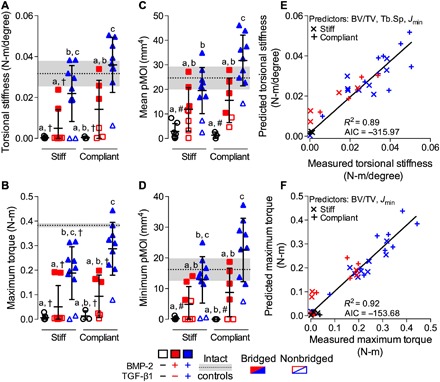Fig. 3. Effects of morphogen priming of engineered mesenchymal condensations and in vivo mechanical loading on functional defect regeneration.

(A) Torsional stiffness, (B) maximum torque at failure, (C) mean pMOI, and (D) minimum pMOI. Best subset regression analysis (R2) with lowest Akaike’s information criterion (AIC) value for measured and predicted (E) torsional stiffness and (F) maximum torque at failure indicating significant contributions of bone volume fraction (BV/TV), trabecular separation (Tb.Sp), and minimum pMOI (Jmin). Individual data points are shown as means ± SD (n = 3 to 10 per group). Comparisons between groups were evaluated by two-way ANOVA with Tukey’s post hoc tests. Repeated significance indicator letters (a, b, and c) signify P > 0.05, while groups with distinct indicators signify P < 0.05. Biomechanical and structural parameters are shown with age-matched intact bone properties, with pMOI obtained from the same mid-shaft region of interest (ROI) as used for the defects (n = 3; dotted lines with gray shading: means ± SD; †P < 0.05 and #P < 0.05 versus intact bone).
